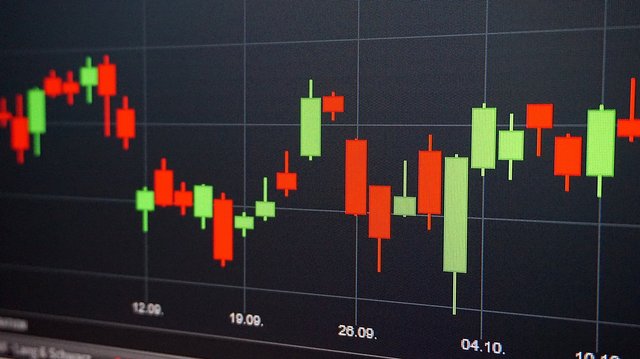Candle Wicks
In this article, we’ll be talking about one of the (if not the) most important parts of candle anatomy. The candlestick’s wick. Let’s find out what it is and how it’s so important. But before that, let’s take a quick look at the Japanese candlestick and its anatomy.
If you already know the history of Japanese candlestick and candlestick anatomy, you can move on to the next part. Now, enough formalities, let’s dive in.
What Are Japanese Candlesticks?
The Japanese candlestick was originally created and used by a major rice trader in the city of Sakatra roughly 300 years ago.

The Brief History Of Japanese Candlesticks
A man named Munehisa Homma began managing his family business due to the death of his father. He was the eldest son and due to traditions of that era, he was to take after the business of his father. Long story short, by trading in the rice market he made 10 billion dollars equivalent to today’s dollar. It’s a lot of money, isn’t it?? Not for the father of Japanese candlesticks.
Until 1710, only physical trade of rice was possible. Later, feudal lords issued rice coupons (you can read rice futures) that could be used to buy rice before it’s ready for sell, maybe even a few years before it’s ready to sell! The price of the coupans could vary due to different circumstances like weather or people’s expectations.
Candlesticks Anatomy
a candlestick shows the change of price in a period of time. If it’s a daily candle, it shows the change of price in 24 hours. if it’s a weekly candle, it shows the change of price throughout a week.*
In the previous part, we talked about four types of information that every candle carries: opening, closing, highest and lowest price.